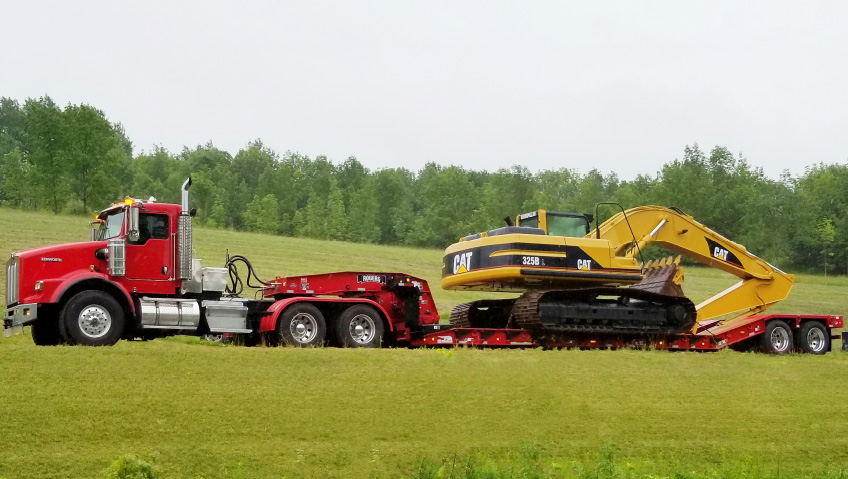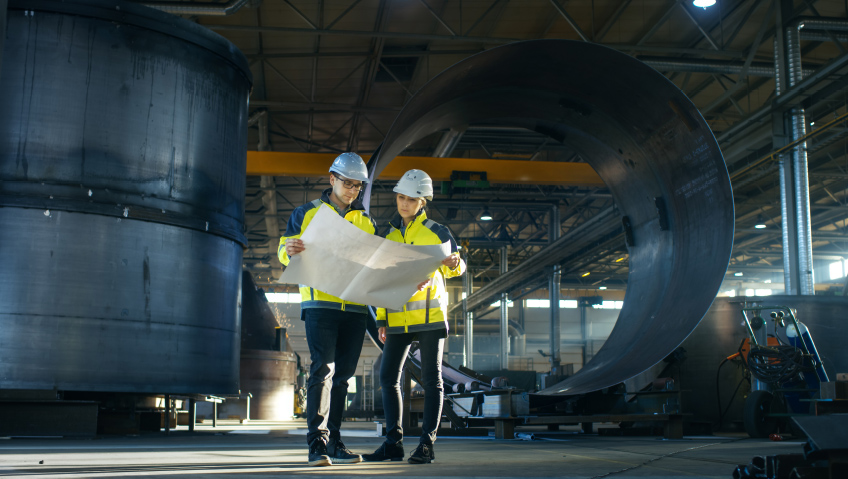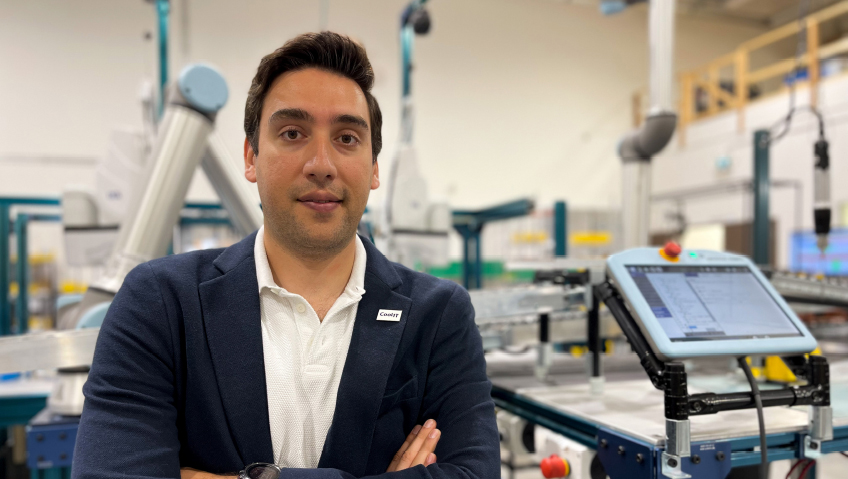From the first blacksmith’s apron to the most advanced spacesuit, personal protective equipment (PPE) has been a key component of work around the world. As important as having the right tool for a job, the right gear is required to keep a worker safe in so many industries and hazardous environments. In today’s world, the value we place on human health is apparent in this gear, and how it’s changed with us over the generations.
PPE is ultimately any equipment or garment that is designed to protect the wearer from risk of heat, electricity, chemicals, biohazards, airborne particles, physical injury or infection. Garments are designed for optimal fit, effective function and to ensure that the needs of the wearer are being met. This means it has had to evolve as the nature of work and work environments have changed.
And it’s not only the work and environment that can change; for instance, consider the fact that more women are now entering construction and industrial careers – work that has long been very male-dominated. This has caused an emerging need for more equipment tailored to a woman’s body type in these sectors.
Another change, obvious to us all in recent years, is the PPE evolution in response to COVID-19. The pandemic has changed the way PPE is source, designed, fabricated and used – and also how it is regarded. In addition to the more traditional protective clothing and gear, such as helmets, goggles, reinforced footwear, and fall arrest equipment, biological protection has now become common even outside hospitals and laboratories. Masks, face shields and gloves have been added or integrated into the PPE repertoire and utilized by a larger cohort of workers in a wider range of industries and sectors.
Today, you can find retail workers relying on the same protection. Those who interact with the public are relying on PPE to protect themselves and mitigate the spread of the COVID-19 virus just as industrial workers have relied on them for protection on jobsite and in factory settings for many years.
Classifying PPE
While PPE is required by law in many settings, it depends on the jurisdiction to legislate whether or not it is the outright responsibility of employers to offer these supplies to workers free of cost. Whether it is the responsibility of the worker or the employer to ensure PPE is utilized, it should be worn where risks exist.
There are four levels of classification of PPE according to the Occupational Safety and Health Administration (OSHA):
Level A: Level A PPE offers the highest level of protection, defending workers against respiratory hazards, skin exposure and contaminants of the eyes. Examples include full-body suits, air respirators, steel-toed boots, chemical resistant gloves, hardhats and helmets to protect against highly toxic environments with high risk exposure to gasses, vapours and chemical splashes.
Level B: The second to highest classification of PPE places greater protective emphasis on the respiratory system versus the skin and eyes. Examples include two-piece suits, coveralls and long-sleeves and other gear that protects from the risk of exposure to airborne gases.
Level C: This category of PPE is designed to protect against measurable concentrations of airborne substances where there is an airborne contaminant present but where there is little to no threat to the skin and eyes, similar to the protection offered by Level B.
Level D: The fourth and final classification of PPE offers the minimum protection and is considered the last line of defence. There is no need for air respiration but can include coveralls, safety boots and chemical resistant goggles. This level of protection is good for environments where contaminants are a nuisance.
It could be argued that the onset of the pandemic has introduced a fifth category for those who have turned to masks, face shields and gloves for protection from the COVID virus in their day to day lives.
In many places, masking mandates have been lifted, but healthcare professionals are still advocating for their use as it is a simple solution to mitigate the spread of the virus and masks are in ample supply. This was not always the case.
A matter of supply
At the onset of the pandemic, PPE was in short supply, particularly in healthcare settings. This led to changes in how PPE was sourced, designed and fabricated. In Canada and the United States, stockpiles of N95 masks were being depleted at a rapid pace and there was no domestic supply. Both countries were reliant on imports that were being disrupted by global supply chain constraints and this brought to light the gaps in domestic supplies and the insecurities resulting from these shortages.
Out of this challenge, an opportunity arose; governments, with the support of local manufacturers, were able to shift their production to create new domestic supplies of things like masks, gowns and gloves to ensure the safety and protection of its own citizens. The Canadian Government issued a call to Canadian manufacturers and health technology companies to mobilize production of desperately needed medical equipment like ventilators, masks and PPE.
Many manufacturers quickly retooled their operations thanks to funds that were made available through the Strategic Innovation Fund to address shrinking supplies of life saving PPE and new partnerships were formed to get the job done.
General Motors, which temporarily halted automotive production during the early days of the pandemic, partnered with Ventec Life Systems to produce ventilators, while retailers Canada Goose shifted production from winter outerwear to produce surgical gowns. Further, distilleries were given the go ahead to produce hand sanitizer, with the U.S. Food and Drug Administration (FDA) approving the manufacturing shift.
These circumstances highlighted the importance of domestic supply chains, particularly for important items like PPE. When international supply chains fell short, unable to deliver the quantity of supplies required, manufacturing was re-shored and existing capacity was leveraged to meet demand.
A new, cooperative way to manufacture domestically
The pandemic highlighted and reinforced the importance of shared resources and global partnerships, as well as the interdependence nations have on each other in a global marketplace. It demonstrated that safety is a collective responsibility and one of the ways that was proven was through shared or open designs. Many manufacturers introduced open-source design solutions for things like masks, face shields and other forms of PPE to ensure that there was enough supply to keep people safe, both on and off the job.
This gave 3D manufacturing an opportunity to demonstrate its value – as a manufacturing process it was scalable and quick to adapt to the needs of the market without the profit motive being of paramount importance.
From 3D printed face shields fabricated by makers to hand-sewn masks made by crafters, as well as the collective efforts of manufacturers, people came together to ensure those who needed the protection were offered the necessary PPE; a local solution in the face of a global supply shortage.
This all meant not only a change in how PPE was designed and manufactured, but also how attitudes changed. PPE is no longer just found on worksites, it has become a common part of every outing and people’s everyday lives and further emphasizes the role it plays in protecting the safety and wellbeing of people on and off worksites around the world.






